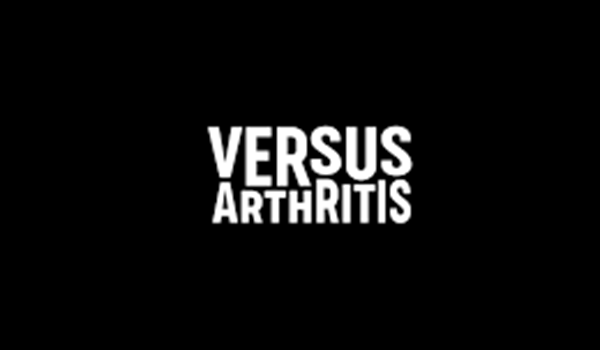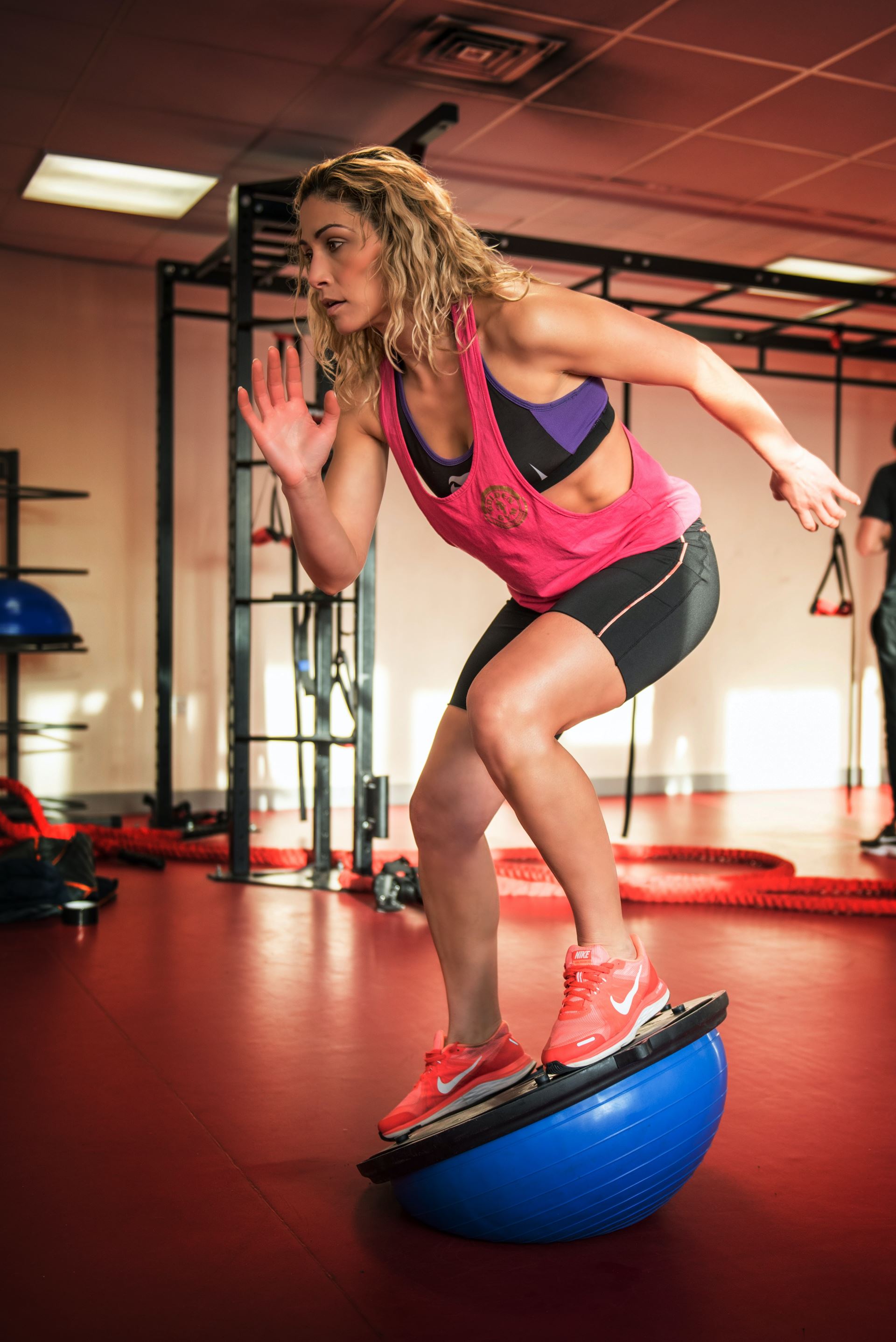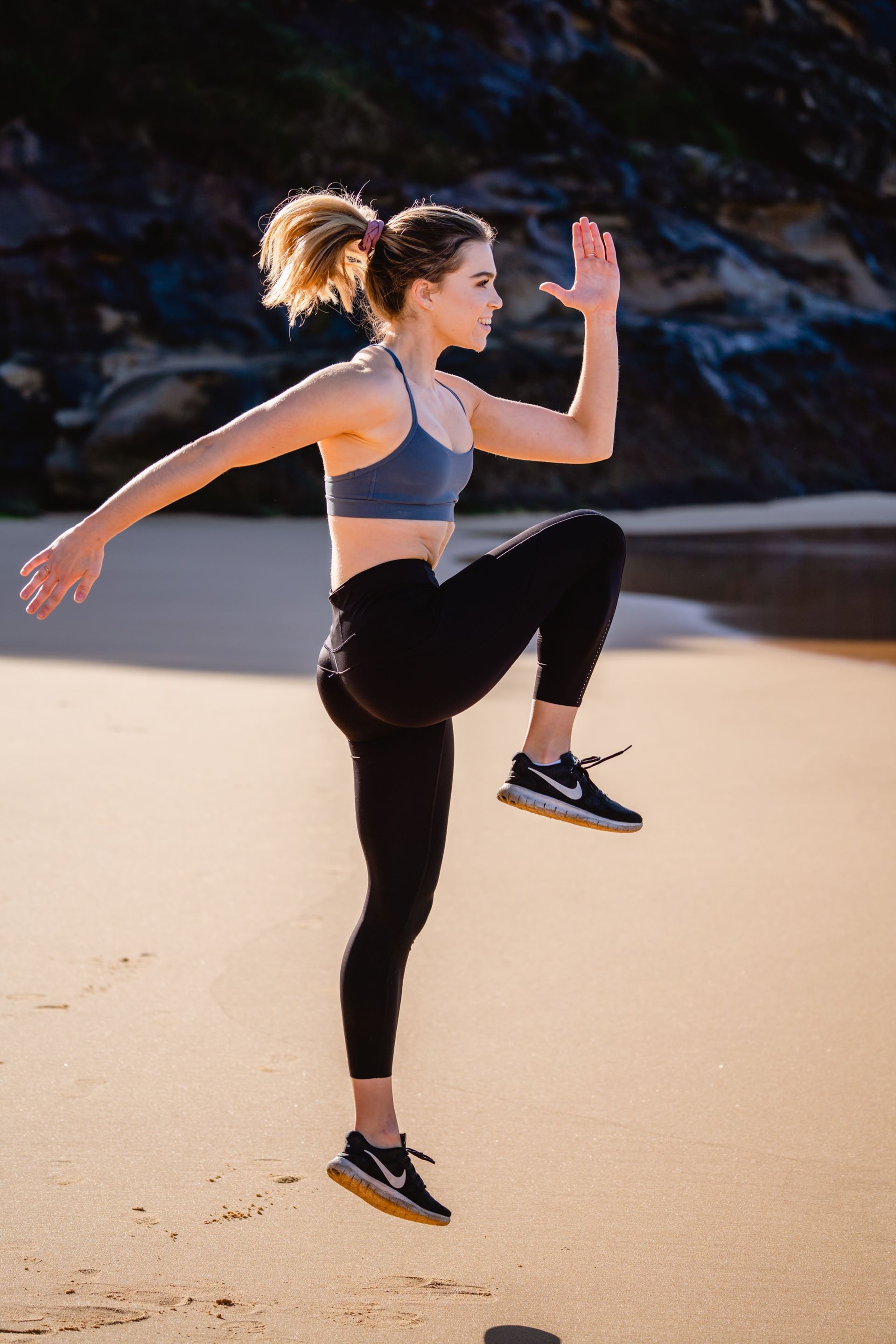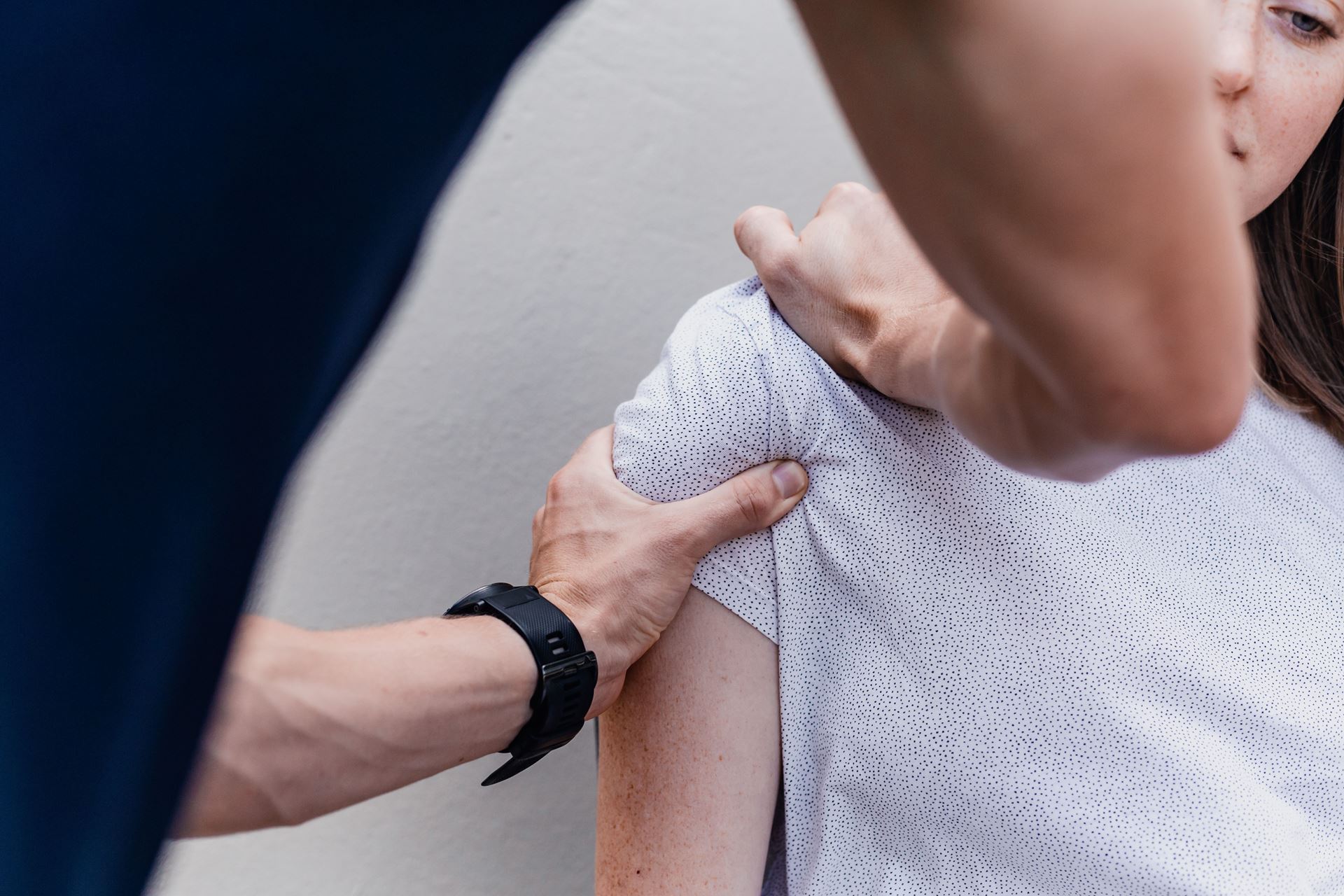Knee and Leg Issues
Knee issues are a common presentation to general practice, common in developing kids with growth spurts, sporting and traumatic injuries, and common age-related conditions. Thankfully most knee conditions self-resolve within 6 weeks or so depending on the specific cause. Sometimes it requires our assessment and advice to manage the condition. If the injury is either complex , severe or persisting then ourselves or the physiotherapy and orthopaedic team are available to assess further.
The internet is helpful but sometimes can be misleading when looking for accurate and trustworthy clinical information . Below are some trusted online resources and information that has been collated by our clinical team related to common knee issues:
Common non-traumatic Knee Issues
Pain in and around the knee cap
Anterior knee pain (knee-cap pain)
Often causes symptoms that include:
- popping or cracking
- pain on climbing stairs
- pain moving to a standing from a sitting position
- pain on squatting
There are a number of causes and it can be multi-factoral. Often it is related to damage to the tendons or tough ligaments that surround the knee cap that become overused or strained.
Often simple pain relief and rest is all that is required. Sometimes if the conditions persists for more than 6 weeks review with our physiotherapist or our clinical team is worthwhle.
Pain and stiffness when weight bearing
persistent/ recurrent pain and stiffness on weight bearing often can suggest arthritis. Some of the other symptoms may include:
- reduced ability to walk
- associated acute episodes of swelling of knee (flares)
- symptoms in older individuals (over 45 usually)
- Tender signs & symptoms especially centered on the inner aspect of the knee down the midline from the knee cap.
- weak legs with a sense of the knee giving way
- pain worse at the end of the day
see the links below for more support on arthritis
Painful lumps or bumps in and around the knee.
Painful Lumps and bumps in the knee:
- bakers cysts - back of knee, pain sudden, lump can sometimes be felt
- meniscle cysts- side of the knee
- bursitis- front of the knee, often warm red and swelling over the front of the knee , sometimes above or below the knee cap.
Exercises and stretches
Management Options
NHS Lothian Orthopaedic Knee Hospital Clinics
The NHS orthopaedic knee team, require an initial assessment and referral by our clinical team at Bangholm Medical Centre.
The team are located at the Lauriston Buildings in centre of Edinburgh. There are comprised or Orthopaedic surgeons , Physiotherapist and Nurses.
Most knee problems thankfully, can managed in the community by our team. However, if required the orthopaedic team can offer more specialist assessment for complex, persisting or severe knee issues through their advanced nurse practitionner, physiotherapy and surgical teams.
Unfortunately, like many of the hospital specialialities there is at least a 6 month waiting time to be assessed and then a further 6 -12 month waiting time if any future elective routine surgical operation is recommended. Private options to be seen are available and can be seen much quicker but costs for surgery are very costly.
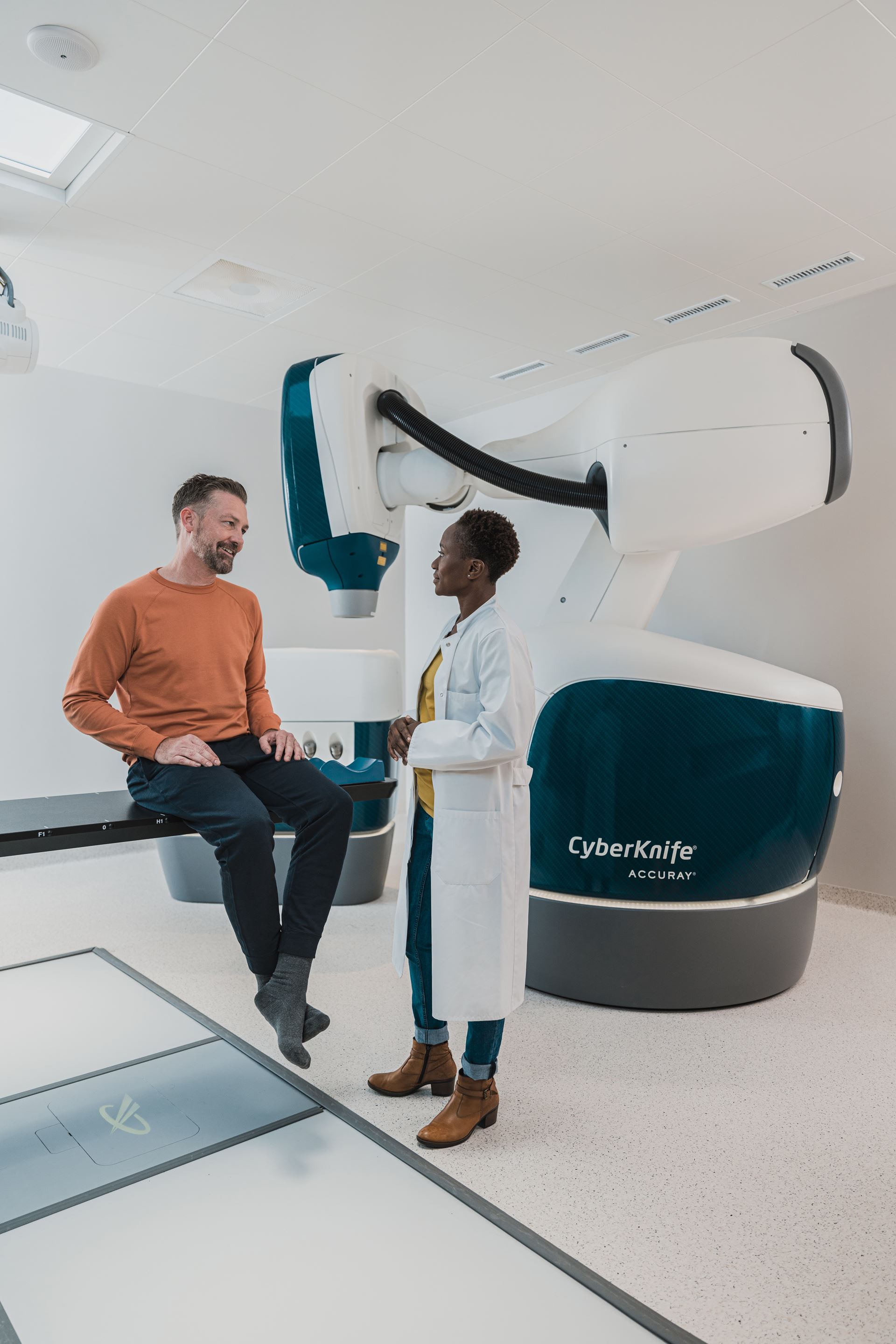
Good Knee Health
The risk of knee problems naturally increase over time as we age. However, we can do certain things to help protect the knee joint over time, reduce the risk of future injury and the stress we put on our knees :
1: maintain healthy weight of BMI between 18-25.
2: stay active by doing regular low impact activities like biking, swimming, walking.
3: Knee stengthening excercises around the quadriceps, hamstings and calves help maintain strong and healthy knees preventing the knee giving way and increase joint stability.
4: Regular stretching excercises helps to loosen the tendon and ligaments, maintaining flexibility and the stress on the joints
5: ensuring good foot support- if you suffer with flat feet, ensuring good sole support helps to reduce the pressure on the knees.
Management of a Knee Injury
The mainstay of treatment for any knee injury is:
PRICE : Protection, Rest, Ice, Compression, Elevation. Is the initial recommendation for any knee injury.
Pain relief: such as paracetamol and if tolerated, ibuprofen. These can be taken together or as single agents.
Exercises: Once the pain has reduced to more tolerable levels, completing the exercises/stretches above or follow the videos regularly will help to regain the strength, movement and support healing. Let pain be your guage about how regulalry and often you can do each of the exercises. Non-weight bearing exercises like cycling and swimming is .
Physiotherapy: is helpful if you are finding the pain and stiffness is still an issue after 4-6 weeks. You can self-refer to the team by downloading the forms via the link above.
Steroid Injections: are helpful for persistent pain and swelling related to arthritis. They are sometimes used for persistent issues with bursistis or tendonitis.
Page created: 04 September 2020
